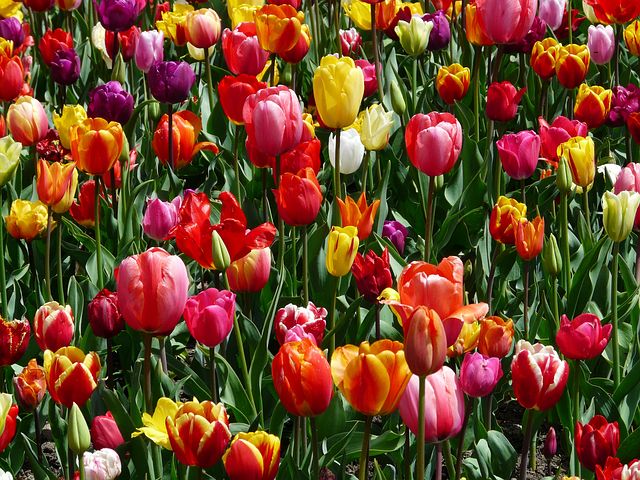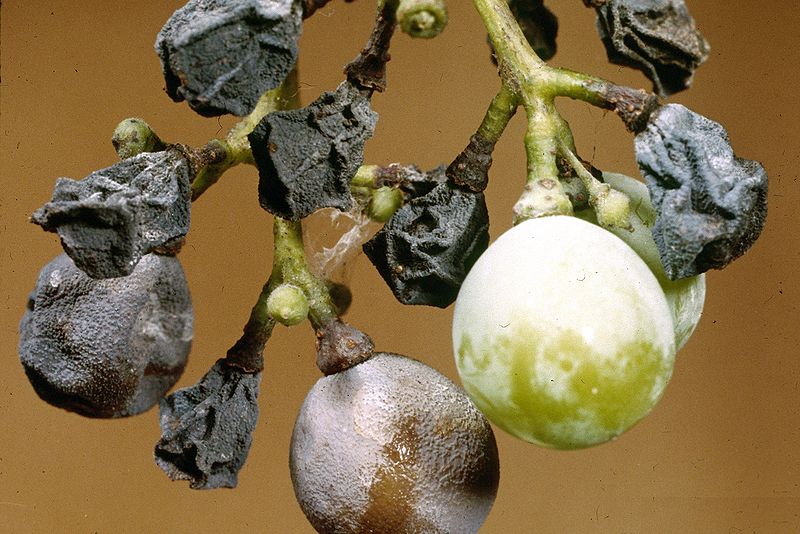The Sorrow of Wood Sorrel
Listen 00:52:57The leaves look like clover but the flowers tell a different tale— and then they explode. Mike McGrath, host of You Bet Your Garden, will try and help overcome the sorrows of wood sorrel. Plus: a quick course on nitrogen fixing; and answers to all your growing questions.
Question of the week:
I have had a ‘clover-looking’ growth invading my vegetable garden for a very long time. I now suspect it is wood sorrel (oxalis). I hadn’t been vigorously weeding it out because I thought it was clover and its root nodules were fixing nitrogen and enriching my soil. Does wood sorrel provide any such soil enhancement?
– Carol in Pennsbury Township in Southern Chester County (near Kennett Square PA)
The Not-So-Great Imposter »

Margaret hails from Enid, Oklahoma and wants to plant tulips in her garden. She became a master gardener in Arkansas and was informed that this flower is an annual, but recently read on the YBYG website that tulips do well if they are not overwatered or overfed. Mike thinks that the “warmer winter climate” would be the reason for the tulip information she received. He explained that some plants such as apples, peaches and blueberries have a “chilling requirement”, which is a certain hundred number of hours that the temperature drops below 40-45 degrees, and suggested that pre-chilled bulbs were purchased in Arkansas. It is possible to grow spring bulbs down in warmer climates, but advised her to purchase reliable ones: “the big red ones, or Species tulips.” The least reliable are the Darwin and the Parrot tulips.
In this climate, the tulips go underground to get away from “the summer searing heat”, become dormant, are watered by melted snow and bloom again in the spring. Mike warns Margaret not to cut their greenery off so they can grow, but overall her climate is great for growing tulips.

Jeff from Irvin, PA has a dilemma involving his great-grandfather’s concord grapevine. His grapes have black rot and as a result, he cut the vine down. But, the fungus has spread to his roses, blackberries and peaches and he needs helpful advice on the next step. Mike suggested a yearly ritual of pruning and cleaning up after the season was finished. “The first rule of growing peaches, apples and grapes is to clean up the dead fruit at the end of the season so you can start off with a clean plate.”
He also gave tips on the best time to prune. Grapes should be pruned in the winter and peaches should be pruned as soon as they begin to flower. To solve Jeff’s problem, Mike recommended to clean up underneath the fruit, prune in the spring, and use yard waste compost. i.e. fall leaves. “Your plants will come back strong and healthy.”
WHYY is your source for fact-based, in-depth journalism and information. As a nonprofit organization, we rely on financial support from readers like you. Please give today.

